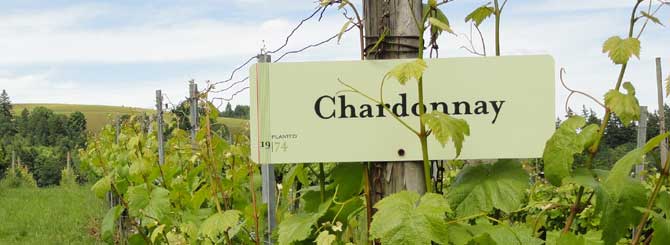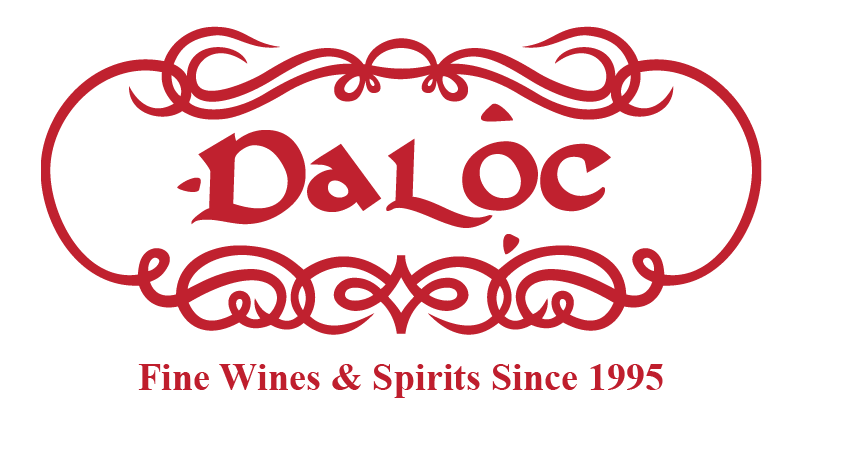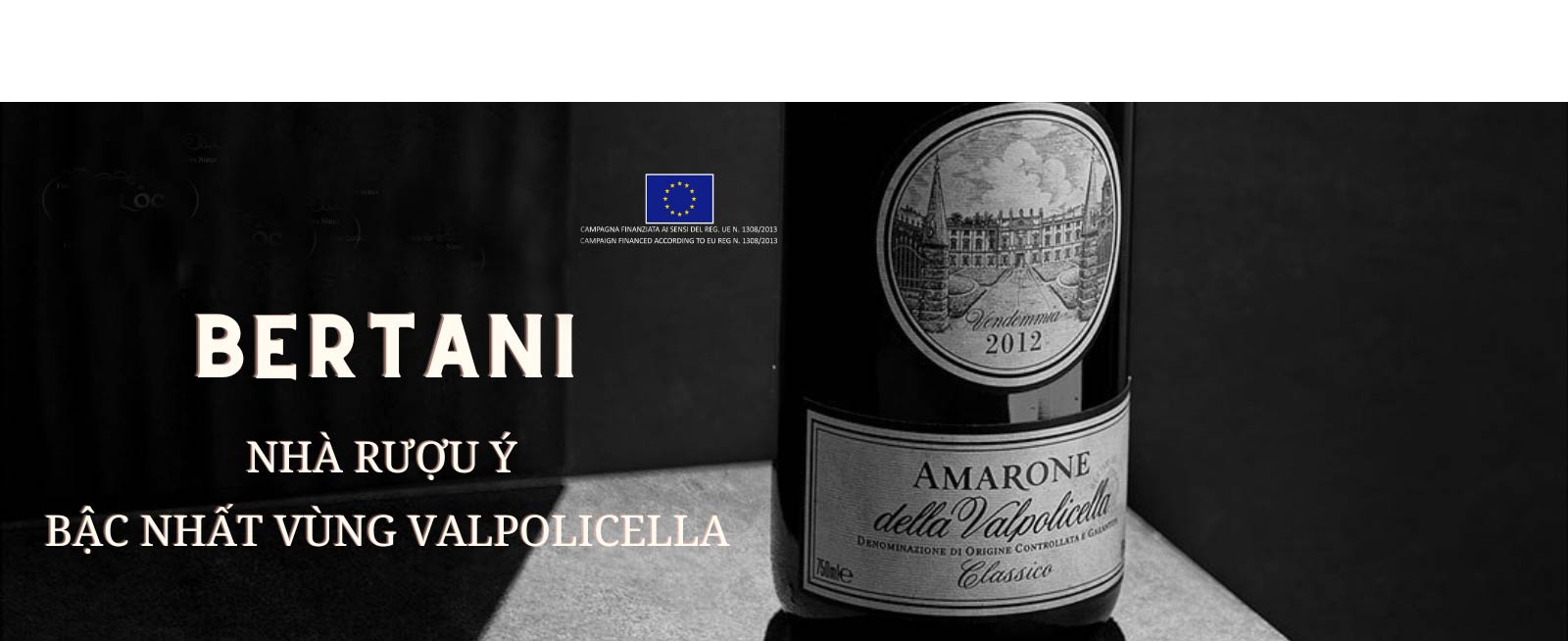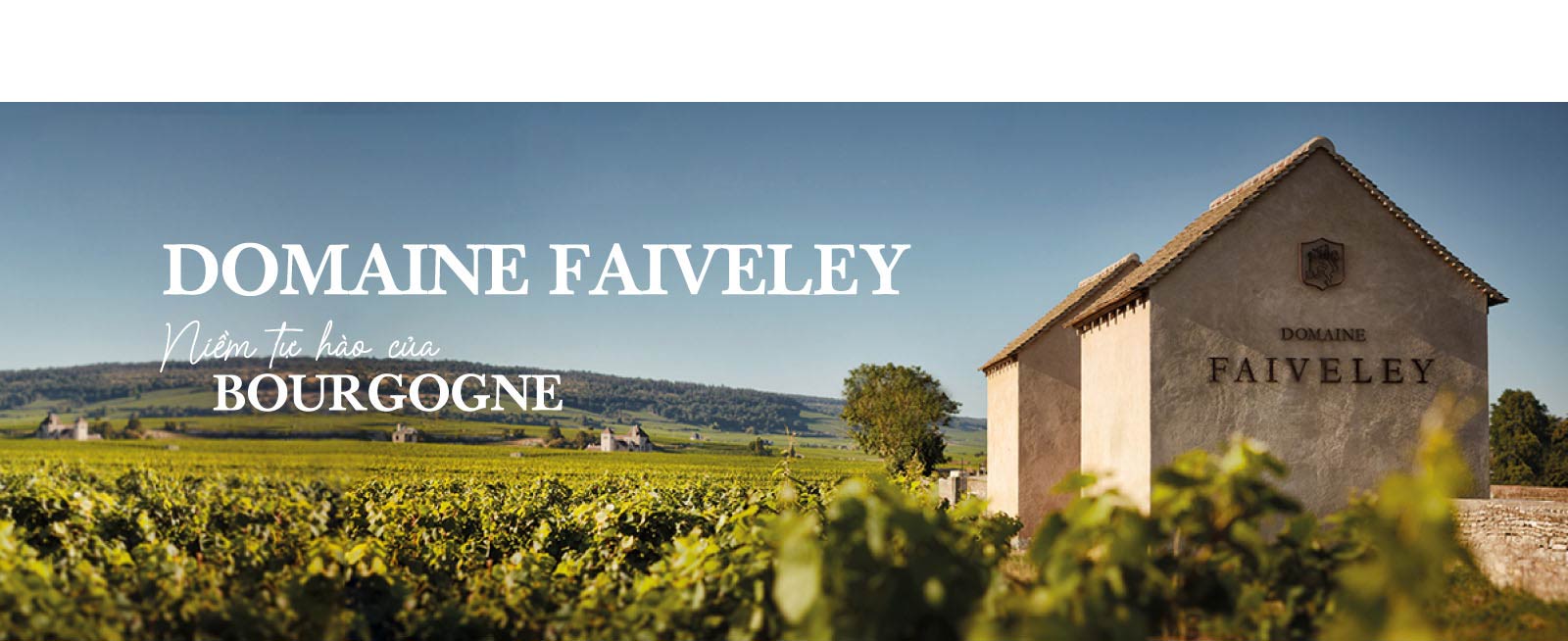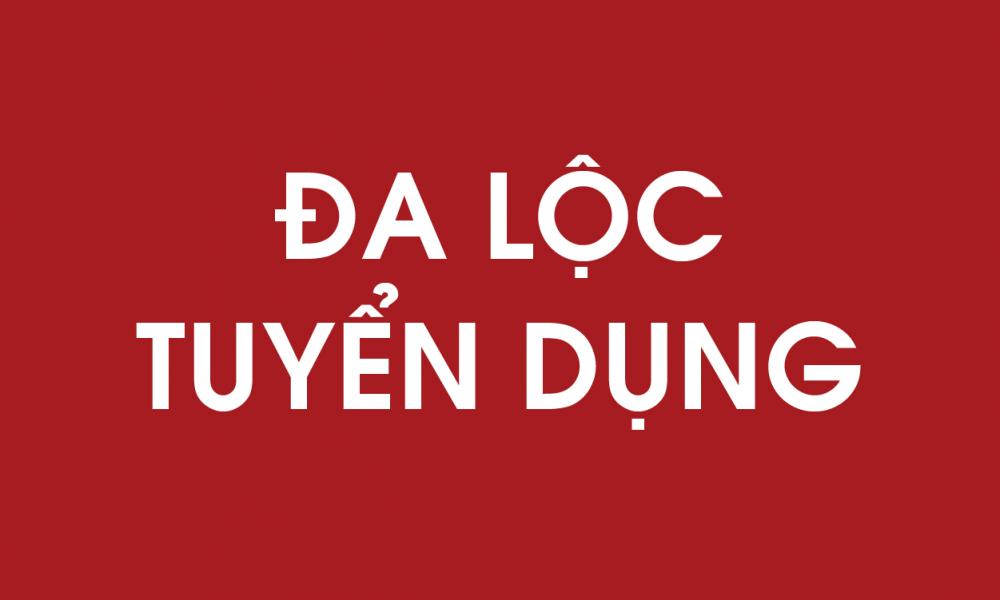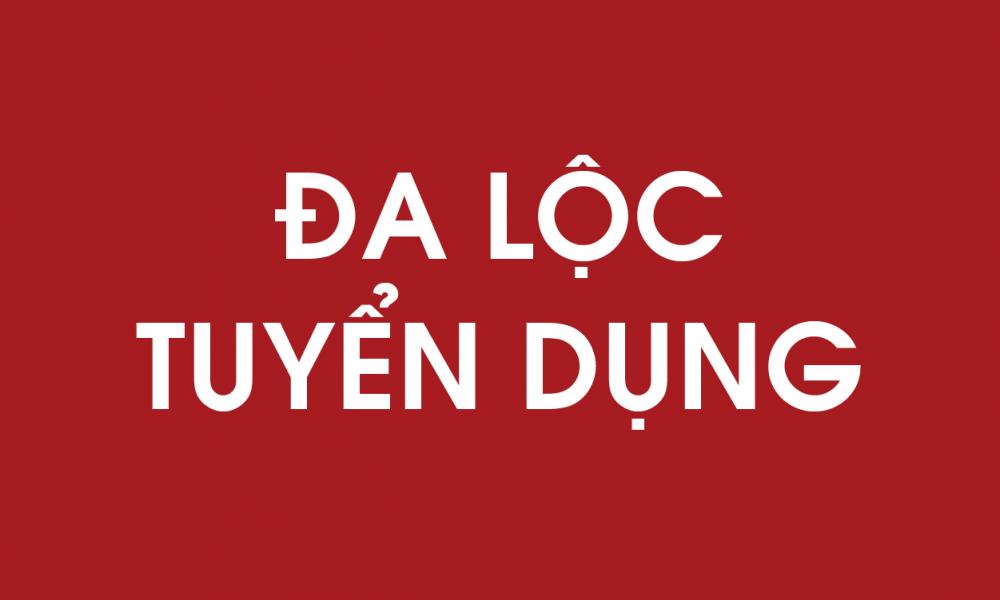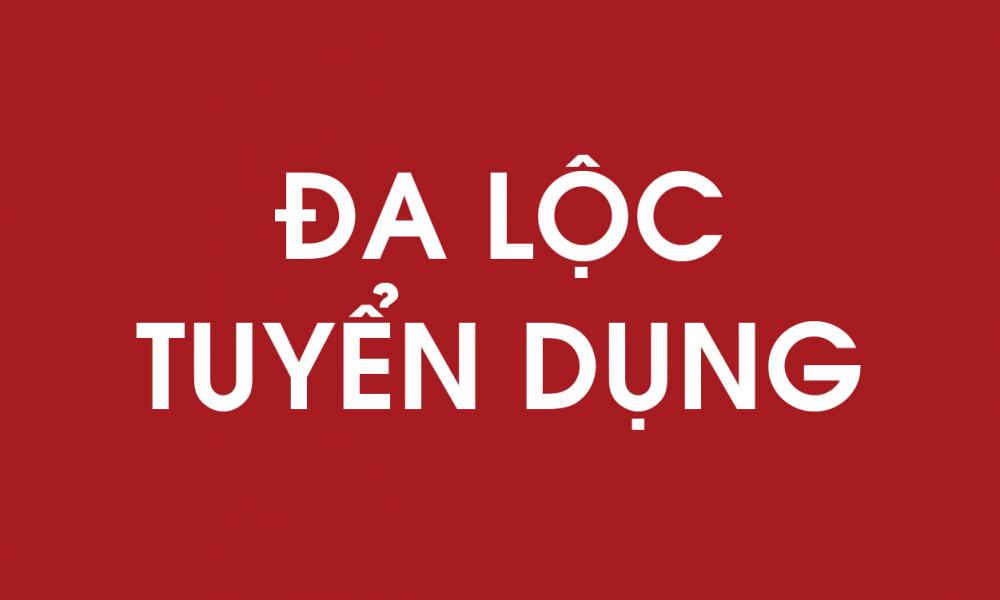Đăng nhập
Rượu vang và Vintage
Chất lượng của rượu vang được quyết định bởi nhiều yếu tố bao gồm: đất đai (thổ nhưỡng), vị trí địa lý, giống nho, tuổi cây nho, cách chăm sóc vườn nho, kỹ thuật sản xuất,ủ và bảo quản rượu, khí hậu và thời tiết.,nó là yếu tố có tác động đến chất lượng của từng Vintage.
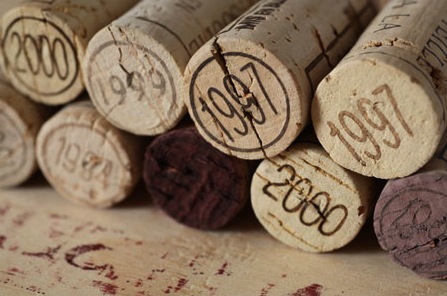
Vintage là gì và tại sao nó lại ảnh hưởng đến chất lượng rượu vang?
Trước hết Vintage (niên vụ) là năm thu hoạch nho và sản xuất ra loại vang nào đó được ghi trên nhãn chai.Mỗi vintage cơ bản là nho được thu hoach của năm đó hoặc được trộn một phần nhỏ của năm khác Thường mỗi loại vang đỏ, hồng, trắng đều được ghi năm trên nhãn hiệu, các loại vang không được ghi Vintage trên nhãn hiệu thường là những loại vang rẻ tiền và có chất lượng không cao. Tuy nhiên, Champagne và một số Sparkling wine khác thường là không được ghi năm trên nhãn hiệu, lí do chính là các nhà làm Champagne đã trộn rượu vang của các năm lại với nhau để duy trì sự ổn định về chất lượng. Cũng cần nói thêm, các nhà sản xuất Champage chỉ chọn năm nào nho có chất lượng cao thì họ mới sản xuất và ghi năm trên nhãn hiệu và thường sẽ là những chai Champagne ngon. Tương tự các loại vang ngọt như Sauternes của Pháp không phải năm nào họ cũng sản xuất hay vang cường hóa như Port của Bồ Đào Nha có thể có vintage hoặc không có vintage trên nhãn hiệu.
Mỗi vintage khác nhau sẽ cho chất lượng quả nho khác nhau và chất lượng vang cũng khác nhau. Cho nên tại sao cùng một loại rượu vang cùng được làm ra từ một nhà sản xuất, cùng các loại nho giống nhau, các yếu tố tự nhiên và công đoạn từ khi bắt đầu đến khi kết thúc đều giống nhau nhưng chất lượng các chai vang được sản xuất ra từ các vintage khác nhau lại không giống nhau. Yếu tố quyết định đến sự khác biệt của các Vintage chính là thời tiết.
Vậy phải hiểu thời tiết ở đây gồm có mưa, nắng, gió, sấm chớp, sương muối, sương mù, độ ẩm, mưa đá hay các hiện tượng tự nhiên như El Nino hay La Nina. Trong số những yếu tố trên, sự ảnh hưởng lớn nhất đến quá trình phát triển của vườn nho phải kể đến là:
MƯA: Những năm mưa nhiều diễn ra vào thời điểm gần vụ thu hoạch sẽ làm cho quả nho sẽ bị nhiều nước, nhạt và kém chất lượng. Cảm giác khi uống vang là mùi thực vật xanh, ngái như mùi ớt xanh, mùi cỏ mới cắt hay mùi rau mồng tơi. Khi nếm, vang có độ chua cao và gắt, độ chát khô mà đắng, các thành phần cấu thành của vang không hài hòa khiến người uống khó chịu.
Bên cạnh đó, nếu mưa nhiều và liên tục trong mùa thu hoạch, nho bị ủng nho cơ bản có mùi bụi và mùi ẩm mốc.
NẮNG: Năm nắng quá nhiều, vang có mùi “chín nẫu”, cụ thể là các mùi vả và nho khô, quả đen chín kĩ. Khi vang có nhiều mùi này, bạn có thể chắc chắn rằng rượu có độ cồn cao và thường không được hài hòa cho lắm. Vào những năm cực nóng, nho thường được thu hoạch vào đêm hoặc sáng sớm và được thu hoạch sớm hơn so với lịch thu hoạch để tránh tình trạng nho bị chín quá. Trong những năm nóng bình thường, nho thu hoạch muộn thường có mùi mứt hoa quả khi ngửi và mượt mà trong miệng khi uống.
SƯƠNG GIÁ và ĐỘ ẨM: Sương giá và độ ẩm cao nếu xảy ra vào thời điểm cây nho ra hoa kết trái có thể làm nho khó khăn trong việc thụ phấn hoặc giảm chất lượng của nho.
Lưu ý là rượu vang có cùng vintage của nước này có thể ngon nhưng của nước khác có thể ngược lại. Lí do là những nước nằm ở Bắc bán cầu thường thu hoạch nho vào tháng 9 hoặc tháng 10, trong khi đó những nước nằm ở Nam bán cầu nho thường được thu hoạch vào tháng 3 hoặc 4. Hay cùng một quốc gia vang có cùng vintage. Vang đỏ có thể kém nhưng vang trắng có thể lại ngon hơn năm khác do nhiệt độ của năm đó lạnh hơn.
Tuy nhiên chúng ta hay nói đến sự khác biệt về chất lượng của các vintage thường xảy ra nhiều ở một số nước, phải kể đến là Pháp có Bordeaux, Burgundy hay Champagne… hay một số vùng của Ý như Piedmont, Tuscany hay một số vùng của Mỹ và Úc. Và sự khác biệt về Vintage thường áp dụng cho các loại vang chất lượng cao. Còn đối với các nước như Chi lê, Achentina, Nam Phi hay New Zealand sự khác biệt giữa các vintage là không quá lớn, chính vì vậy chất lượng và giá cả thường ổn định.
Nói về khía cạnh khác quan trọng khác của Vintage đó chính là tuổi thọ của từng loại rượu. Trước hết rượu vang phải được bảo quản ở điều kiện tốt. Điều cốt lõi phải hiểu là mỗi loại vang đều có tuổi thọ và thời gian thành trưởng khác nhau. Chính vì vậy khi chọn mỗi loại vang nên chú ý đến tuổi của vang, có nghĩa là không phải loại vang nào cũng có thể giữ được lâu, và càng không phải loại vang nào giữ càng lâu càng ngon.
Đa số các loại vang trắng, hồng và các loại vang đỏ có chất lượng thông thường nên uống sớm, tối đa 3 đến 4 năm từ khi sản xuất là tốt nhất. Chỉ những loại vang hảo hạng mới nên để lâu năm. Khi đó chúng sẽ đạt đỉnh về chất lượng, ngược lại những vang rẻ tiền nếu để lâu sẽ bị sẽ bị hỏng.
Tùy từng vintage khác nhau mà xem xét dùng vào thời điểm nào là hợp lí. Để biết chính xác chai vang nào để được bao lâu để vang đạt đỉnh về chất lượng, vintage nào tốt, khách hàng nên xin tư vấn của các chuyên gia về rượu vang hoặc những người am hiểu về rượu vang.
Một số gợi ý khi chọn Vintage tốt của các nước như sau:
Pháp
Bordeaux/ Medoc/Pesac-Lesognan: 1959, 1961, 1982, 1986, 1989, 1990, 1995, 2000, 2003, 2005, 2009, 2010, 2014
Bordeaux/Pomerol/St Émilion: 1959, 1961, 1982, 1986, 1989, 1998, 1990, 1995, 2000, 2003,2005, 2009, 2010
Bordeaux/Vang trắng Graves: 2000, 2005, 2009, 2010
Bordeaux/Vang ngọt Sauternes: 1959, 1967, 1989, 2001, 2009, 2011, 2014
Burgundy: Vang đỏ 1985, 1990, 1996, 2002, 2005, 2009, 2012
Vang trắng 1985, 1995,1996, 2005, 2008, 2010
Champagne: 1982, 1985, 1988, 1990, 1995, 1996, 2002, 2006
Alsace: 2001, 2005, 2007, 2008, 2009, 2010
North Rhône: 1990, 1999, 2003, 2005, 2009, 2010
South Rhône: 1989, 1998, 2001, 2005, 2007, 2009, 2010
Ý
Piedmont Barolo /Barbaresco : 1985, 1989, 1990, 1996, 1999, 2001, 2004, 2006, 2007, 2008, 2010
Tuscany/Bolgheri, Maremma: 1997, 1998, 2001, 2006, 2007, 2011
Tuscany/Brunello di Montalcino: 1997, 1999, 2001, 2004, 2006, 2010
Tuscany/Chianti, Chianti Classico: 1997, 1999, 2006, 2007, 2011
Tây Ban Nha
Rioja Đỏ: 2001, 2004, 2005, 2010
Ribera Del Duero Đỏ: 1994, 2001, 2004, 2005, 2010
Priorat Đỏ: 2001, 2004, 2005, 2012
Úc
Barossa/McLaren Vale Shiraz: 1996, 1998, 2005, 2010, 2012
Coonawarra Cabernet Sauvignon: 1996, 2003, 2005, 2012
Victoria , Shiraz: 1998, 2005, 2008, 2010, 2013
Mỹ
Orgeron Pinot Noir: 2002, 2008, 2010, 2012
Napa Cabernet Sauvignon: 1985, 1986, 1987, 1994, 1995, 1996, 1997, 1999, 2004 2006, 2007, 2008, 2009, 2010, 2012
Napa Chardonnay: 1996, 1997,2002, 2007, 2009, 2012
Napa Zinfaldel: 1994, 1995, 2007, 2008, 2009
Bình luận
Tin tức mới Xem tất cả
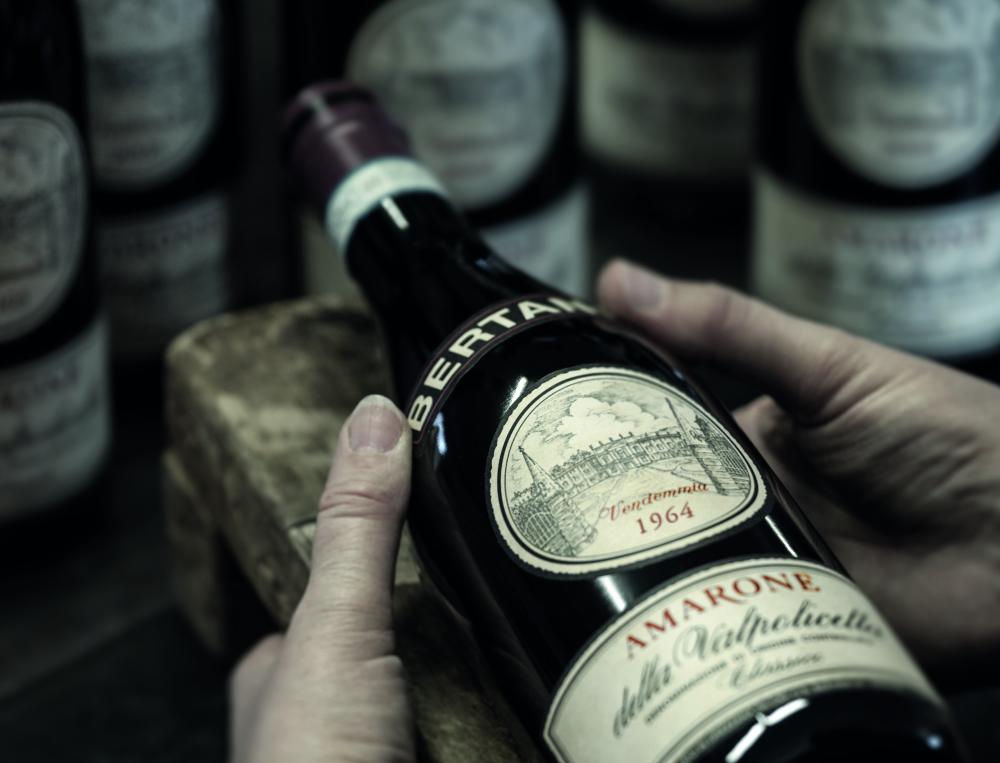
10 bí mật đằng sau đằng sau loại rượu vang tinh túy của nước Ý - Amarone
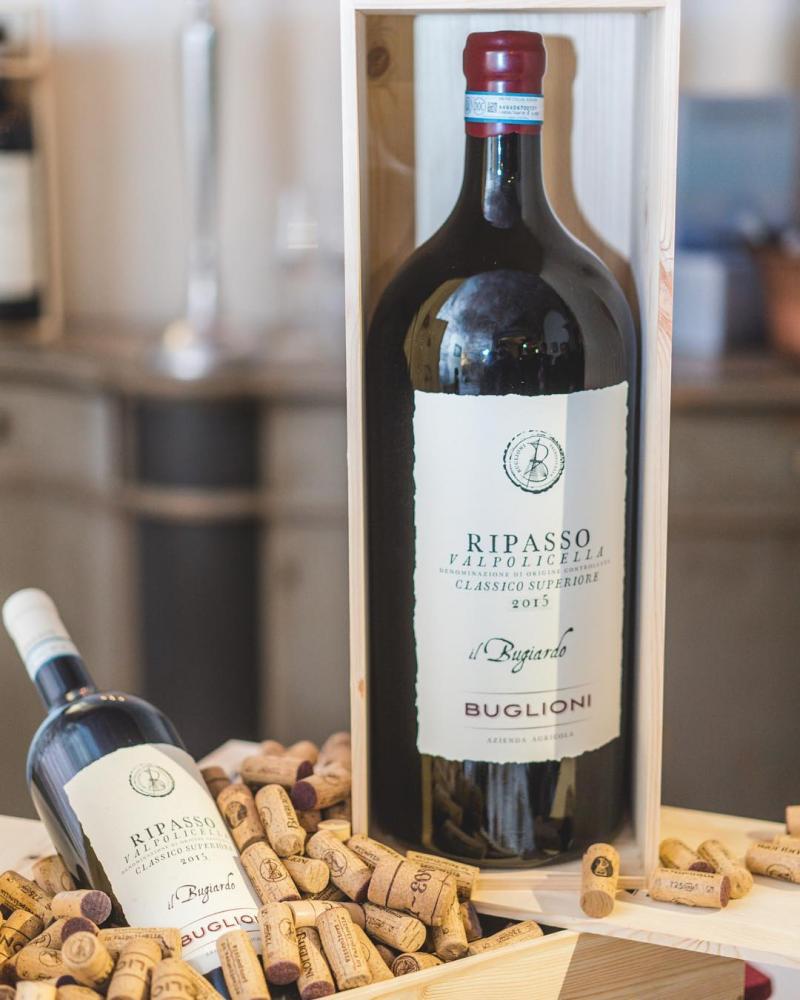
Cái duyên tình cờ đến với rượu vang
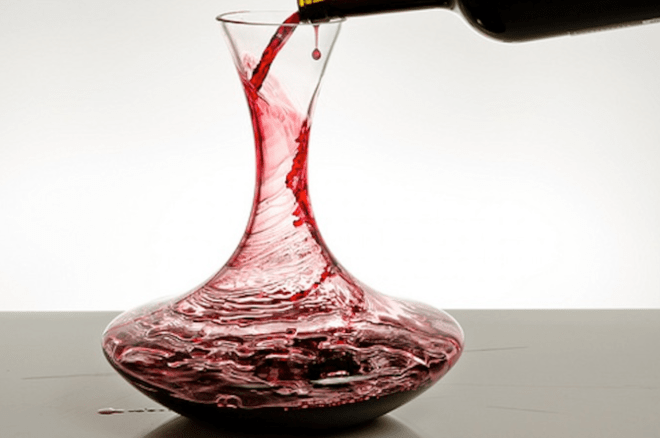
Có phải loại rượu vang nào cũng cần phải Decanting?

Viña Carmen - Nhà rượu tiên phong của Chile và giá trị vượt thời gian
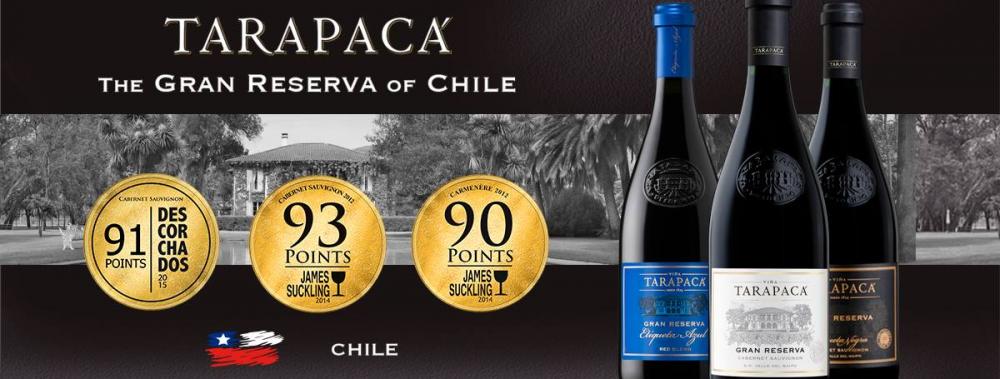
TACAPACA – GIÁ TRỊ TRUYỀN THỐNG VÀ LỊCH SỬ CỦA CHILE
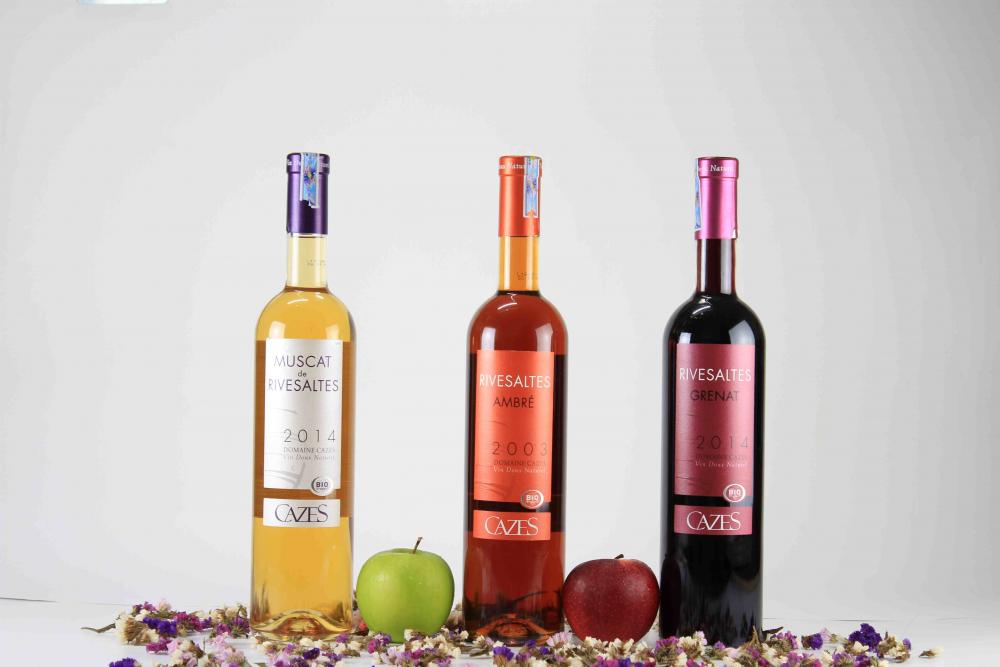
Rượu vang organic có đang là xu hướng của thế giới?
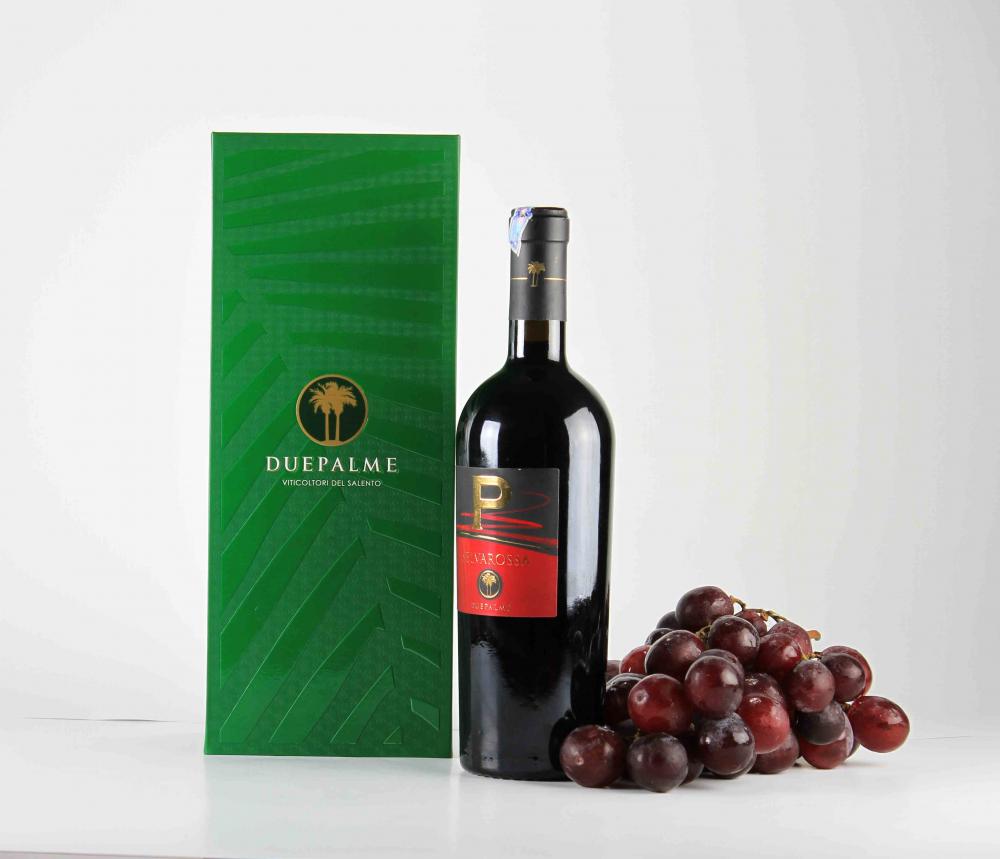
Những món quà rượu vang độc đáo cho dịp Tết 2018
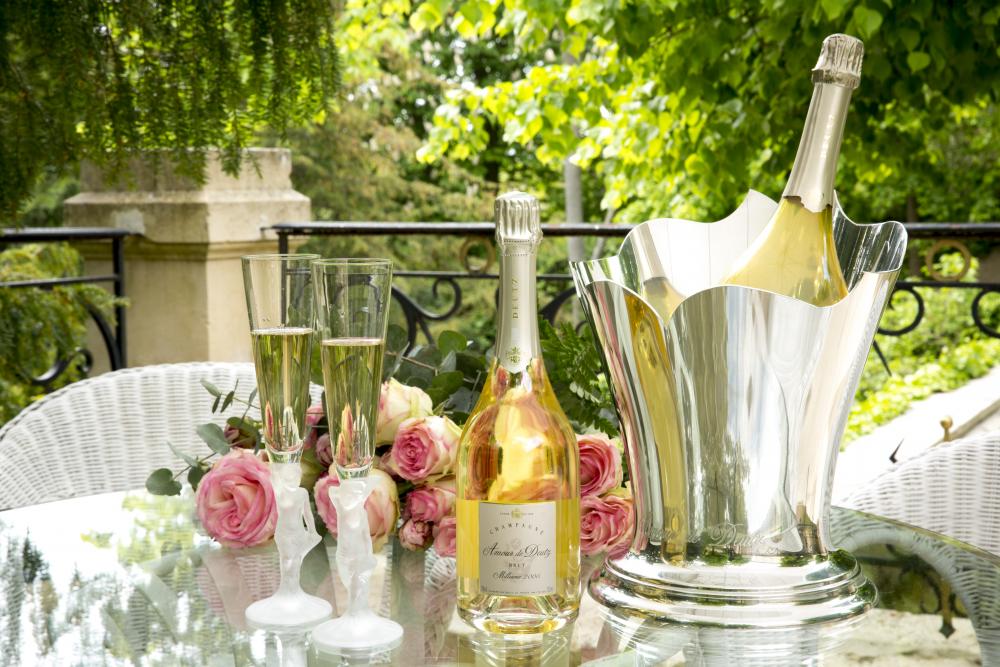
TẠI SAO CHAMPAGNE LẠI ĐẮT ĐỎ ĐẾN VẬY

Rượu vang Bordeaux – Chuẩn mực của sự so sánh

Delas – Rhone Valley xứ sở của Syrah

Sự kết hợp tuyệt vời giữa Rượu vang và Ẩm thực Việt

Gợi ý quà tặng rượu vang ý nghĩa cho dịp Tết

Thú chơi Rươu vang (Phần 1)

Các giống nho (Phần 1)

Rượu vang và nồng độ cồn
